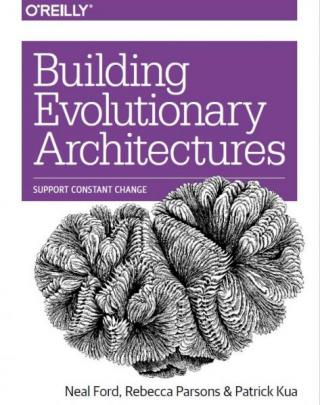
Аннотация
For a long time, the software industry followed the notion that architecture was
something that ought to be developed and completed before writing the first line of
code. Inspired by the construction industry, it was felt that the sign of a successful
software architecture was something that didn’t need to change during development,
often a reaction to the high costs of scrap and rework that would occur due to a rearchitecture
event.
This vision of architecture was rudely challenged by the rise of agile software methods.
The pre-planned architecture approach was founded on the notion that requirements
should also be fixed before coding began, leading to a phased (or waterfall)
approach where requirements was followed by architecture which itself was followed
by construction (programming). The agile world, however, challenged the very
notion of fixed requirements, observing that regular changes in requirements were a
business necessity in the modern world, and providing project planning techniques
to embrace controlled change.
In this new agile world, many people questioned the role of architecture. And certainly
the pre-planned architecture vision couldn’t fit in with modern dynamism. But
there is another approach to architecture, one that embraces change in the agile manner.
In this view architecture is an constant effort, one that works closely with programming
so that architecture can react both to changing requirements but also to
feedback from programming. We’ve come to call this evolutionary architecture, to
highlight that while the changes are unpredictable, the architecture can still move in a
good direction.








Комментарии к книге "Building Evolutionary Architectures"